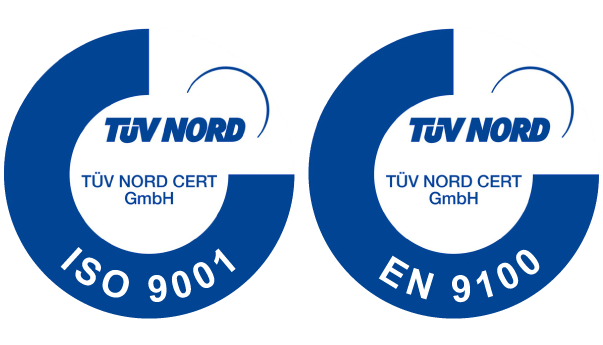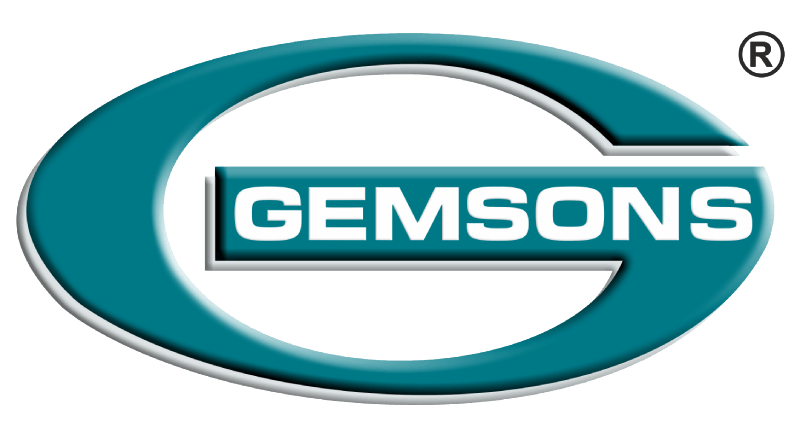Investment casting is typically utilized to create complex-shaped components with tighter tolerances, thinner walls, and a superior surface polish than sand casting can provide. The method of making the mould is what distinguishes investment casting. Wax is used to create a part design, which is subsequently dipped in a fine ceramic slurry, including colloidal silica and alumina. The wax is melted from the mould by heating it in an oven, leaving a ceramic shell mould for casting. Precision casting of aerospace components such as gas turbine blades is done using the investment casting method, often known as the lost wax process.
Following Are The Reasons to choose Investment Casting for Making Complex-Shaped Components:
Consistency in Quality
Investment casting is frequently utilized when design consistency is required since the wax pattern will be an exact reproduction of the metal component when it is formed. This is particularly beneficial for parts that can be utilised in a variety of applications and sectors. The metal component must have the exact dimensions, geometries, and complexities, whether you’re producing low or huge volumes. You can maintain that dimensional accuracy with investment casting for every casted mould and metal product.
Low to High Volume Production
A wax pattern is created into a mould, and then a ceramic shell is built around the wax pattern. The part is then created by melting the wax from the mould and pouring molten metal into it. Investment casting is repeatable because the process is designed to produce a given amount of pieces consistently suited for high-volume production runs.
Exceptional Surface Finish
Investment casting using the lost wax method produces a higher surface polish that beats other casting methods. Investment casting tolerances are tighter than those of other casting methods because of the precise tolerances, less or no machining, and superior surface polish. In some cases, no surface polishing is required, although it can also add value to a product by casting elaborate writing or a LOGO on the outside.
Closer Net Shapes, Tighter Tolerances
Precise casting, especially for precision stainless steel castings, is also known as investment casting. We, Gemsons, can meet good tolerance levels CT5-CT6, which can avoid extra machining compared to similar manufacturing procedures.
Even if stricter tolerances are necessary, we leave a small machining allowance during casting, and subsequent machining will be minimal. As a result, we may say that investment casting can produce net or near-net shape items. Other sorts of casting methods may not always allow for this.
Less Casting Defects
Investment casting is capable of producing high-quality goods with fewer casting defects and we can provide dependable process controls, and our rejection rate is far lower than sand casting. However, this does not rule out the possibility of defects, and to ensure that our customers receive items free of defects, we follow the completion of production by conducting a thorough examination to ensure that there are no flaws.
Gemsons can satisfy all of your business needs with our in-house tooling design and manufacturing skills as our machined investment castings are used by various industries, including medical, aerospace, energy, instrumentation, and automotive. Our team of professional engineers manages orders ranging from small batch sizes to huge mass production requirements every year.



Recent Comments